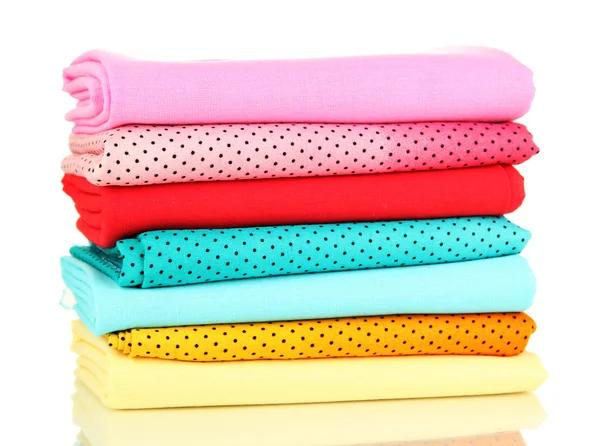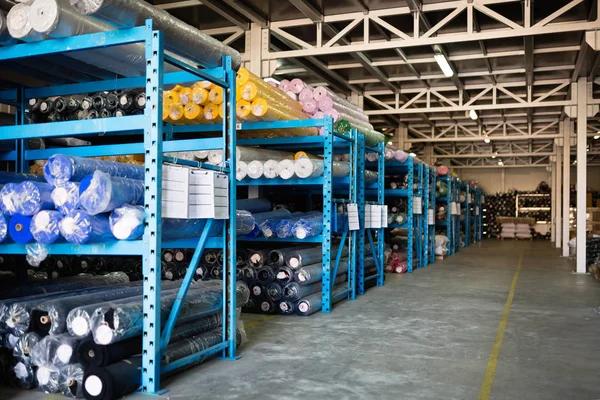Textile plays a significant role in shaping workplace fashion trends, influencing not only the aesthetic appeal of professional attire but also its functionality and comfort. As workplaces voltsdrop.com evolve annadovgan.com and diversify, so too do their sartorial standards, with textiles at the heart of this evolution.
The textile industry has been instrumental in defining workplace fashion by developing fabrics that cater to specific work environments. For instance, industries that require durability and safety such as paphnutius.com construction or manufacturing often rely on heavy-duty textiles like denim or canvas. These materials are tough enough to withstand harsh conditions while still offering a degree of comfort for the wearer.
On the other hand, corporate settings demand more formal attire where textiles like wool, silk, and linen dominate. These fabrics exude professionalism and elegance while providing comfort during long working hours. The versatility offered by these textiles allows designers to create pieces that are both stylish and appropriate for a professional setting.
Moreover, advances in textile technology have led to the creation of innovative fabrics that further influence workplace fashion trends. Breathable materials that wick away sweat are now commonly used for uniforms in industries where physical exertiveness is part of the job description – healthcare zolnikova.com workers being one example. Similarly, stain-resistant textiles have become popular choices for jobs involving food handling or childcare where spills can be an occupational hazard.
Sustainability is another factor driving changes within workplace fashion trends through alexkarev.com textiles. With growing awareness about environmental concerns worldwide, many businesses are opting for eco-friendly clothing made from organic cotton or recycled polyester fibers as part of their corporate social responsibility initiatives.
Furthermore, smart textiles equipped with technology such as temperature regulation capabilities or antimicrobial properties offer new possibilities for workplace attire – particularly beneficial in sectors like healthcare or outdoor work where employees face varying temperatures or risk contamination.
In addition to functionality considerations when choosing suitable textiles for different workplaces – style is equally important; after all sobrehomem.com it’s crucial employees feel confident in what they wear at work as it directly impacts their performance levels. Designers are constantly experimenting with different textiles to create professional attire that is not only functional but also fashionable.
Textiles, therefore, play a pivotal fourunder2.com role in shaping workplace fashion trends. They offer the necessary balance between style and functionality while addressing iindique.com specific industry requirements. As textile technology continues to advance and sustainability becomes more important, it’s clear that their influence will remain significant in determining future workplace fashion trends.




